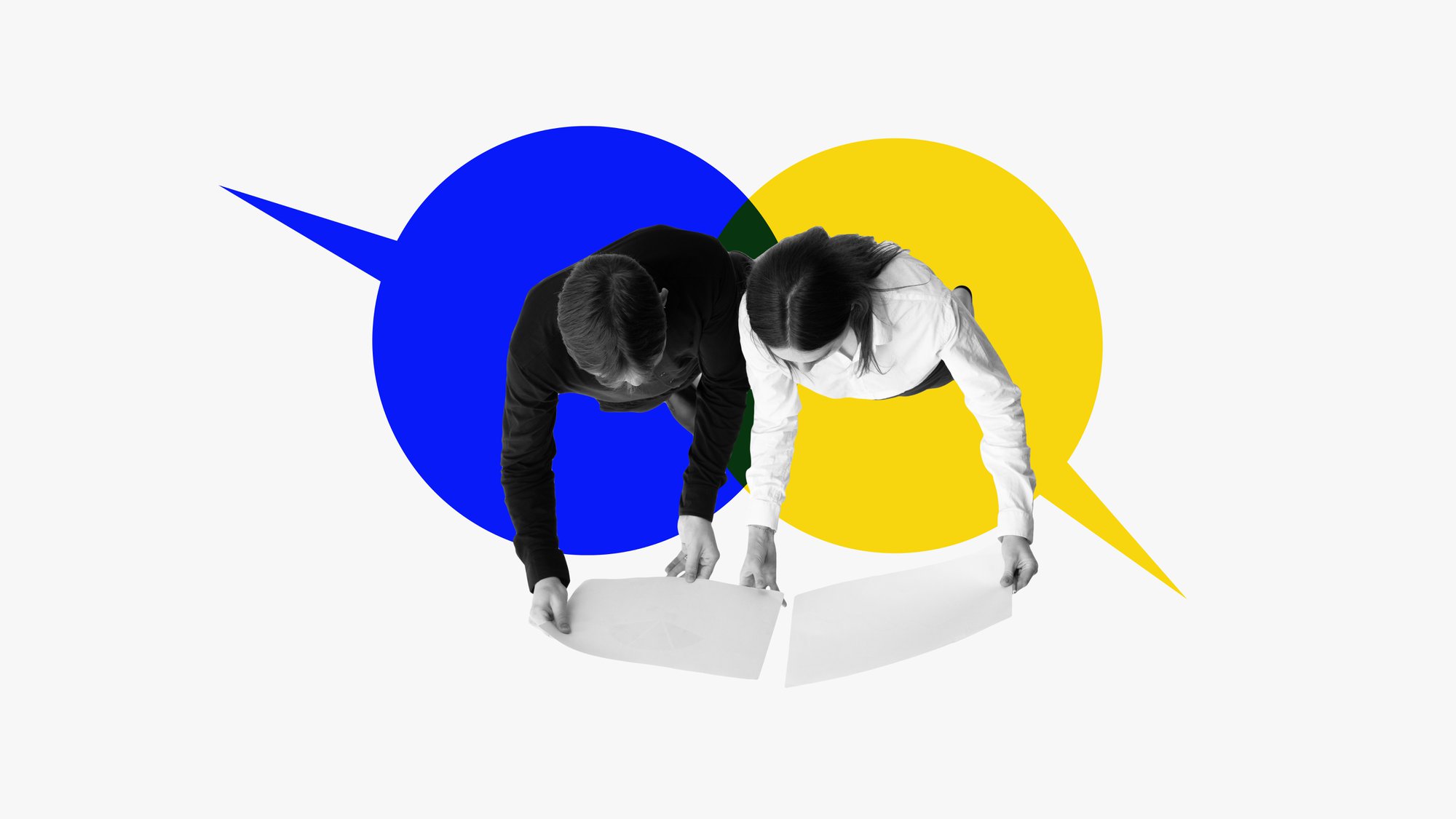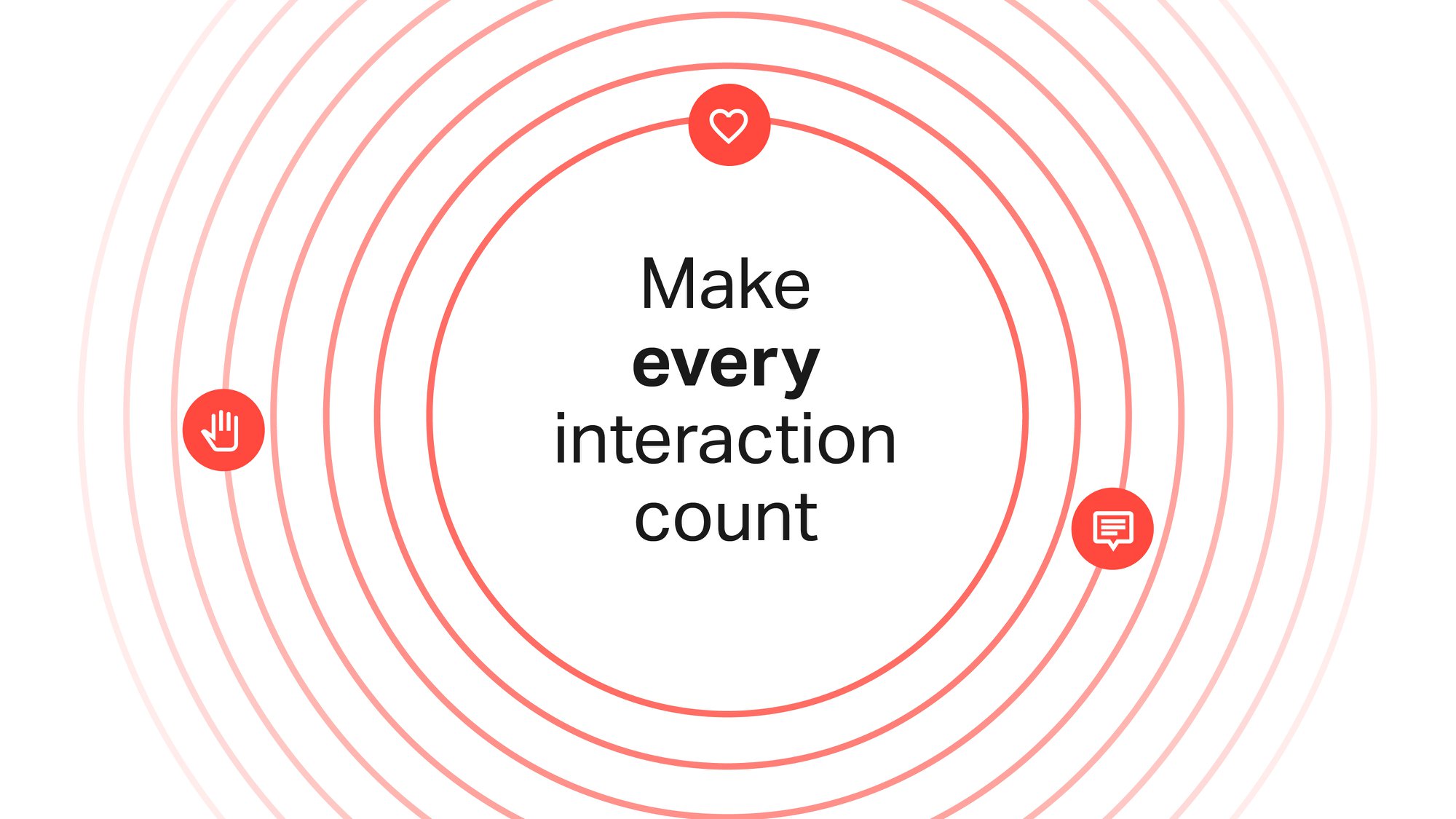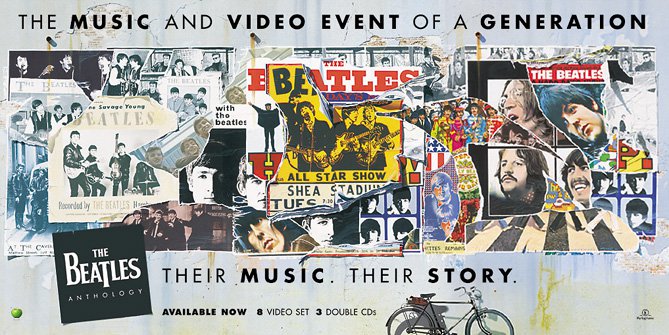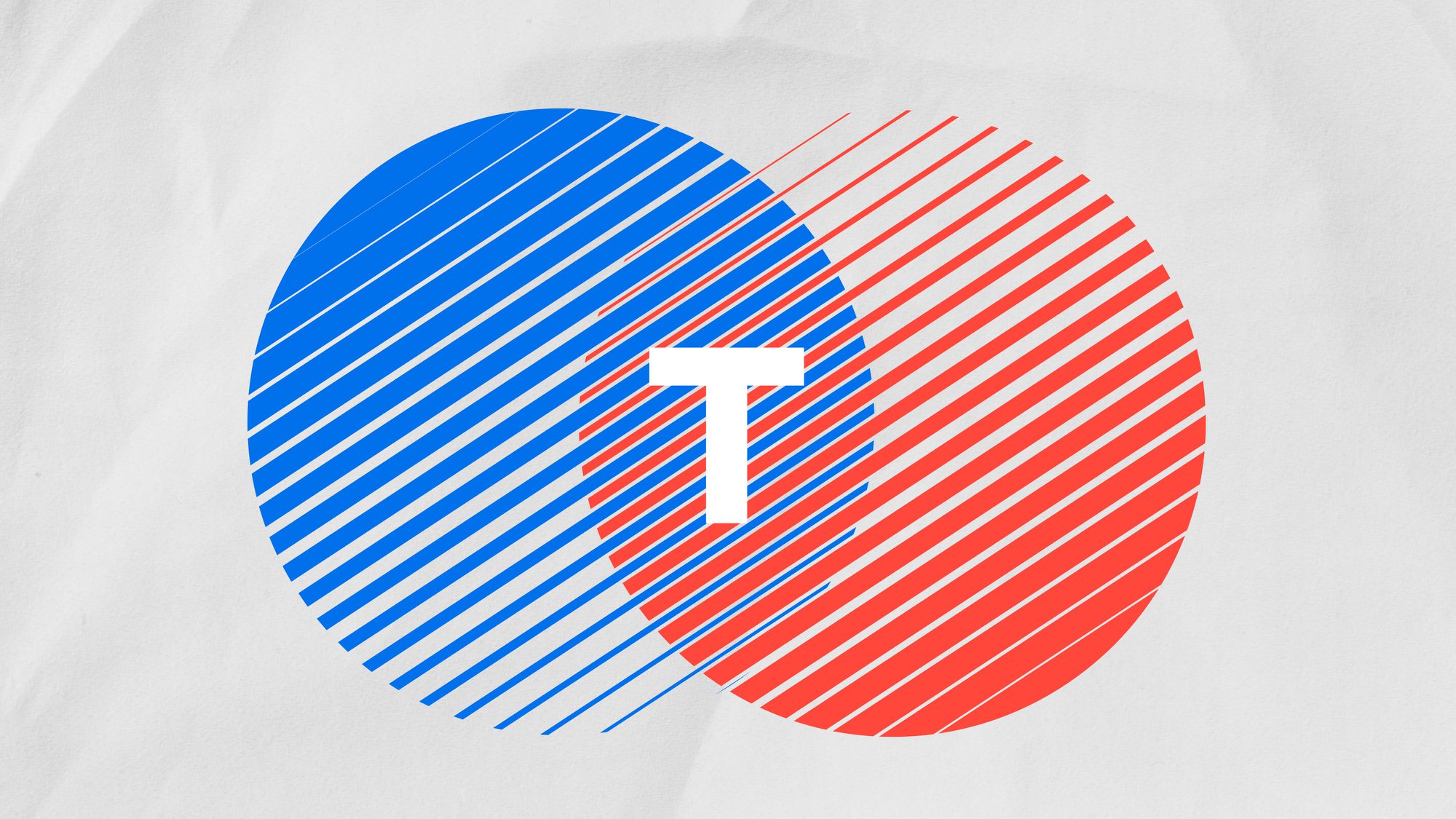Brands make places: how placemaking adds value (Part 2)
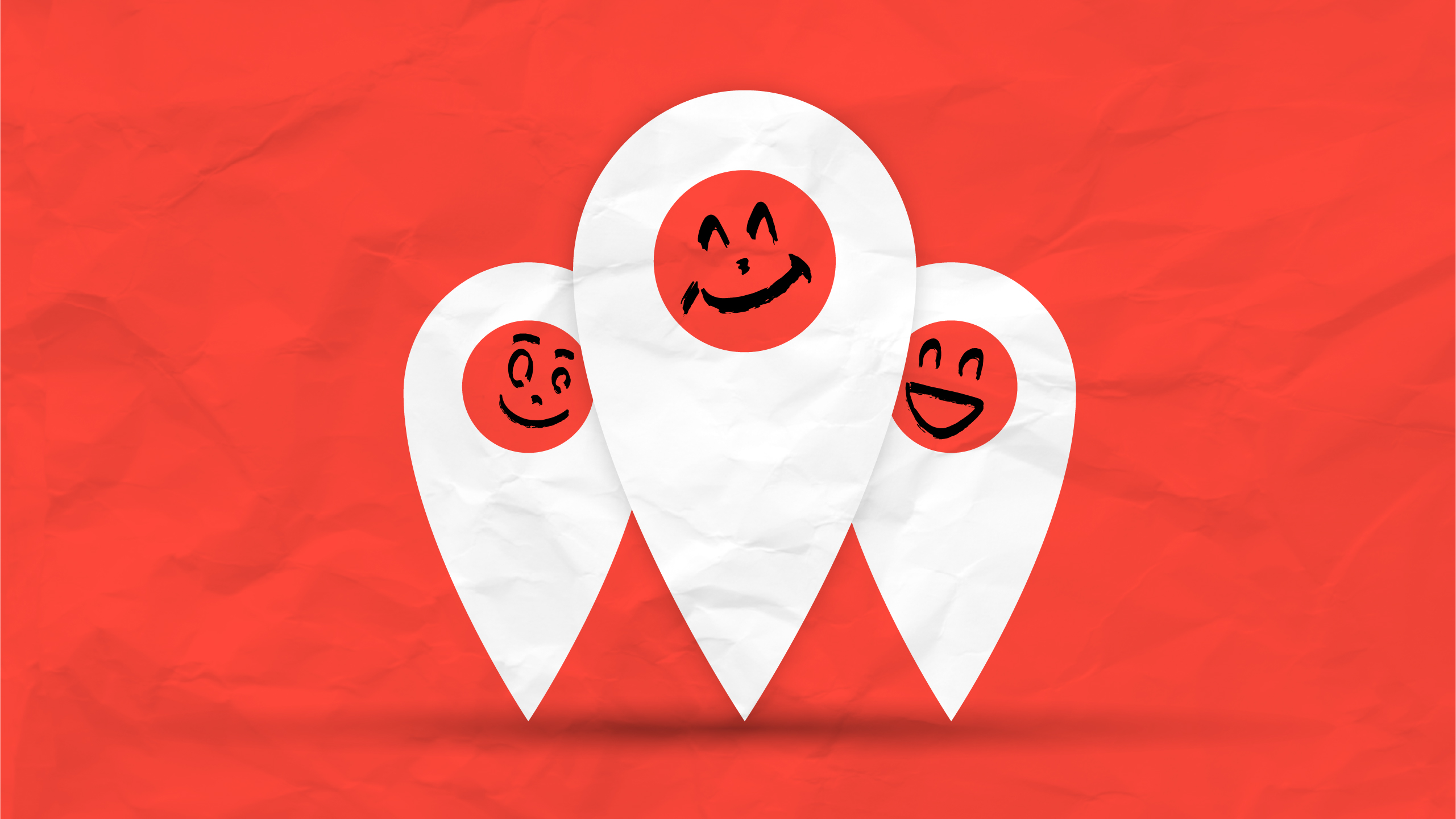
If you haven’t yet read Part 1: Brands Make Places, we recommend starting there before diving in. It sets the stage for the ideas we’re about to explore.
In this series, we’re looking at place brands: the stories and promises a city makes to its citizens, visitors, businesses, and the world. In Part 1, we saw how London used brand to amplify the 2012 Olympics.
Now, in Part 2, we turn to how these brands don’t just shape reputation – they shape how people live, grow, and experience moments in a place.
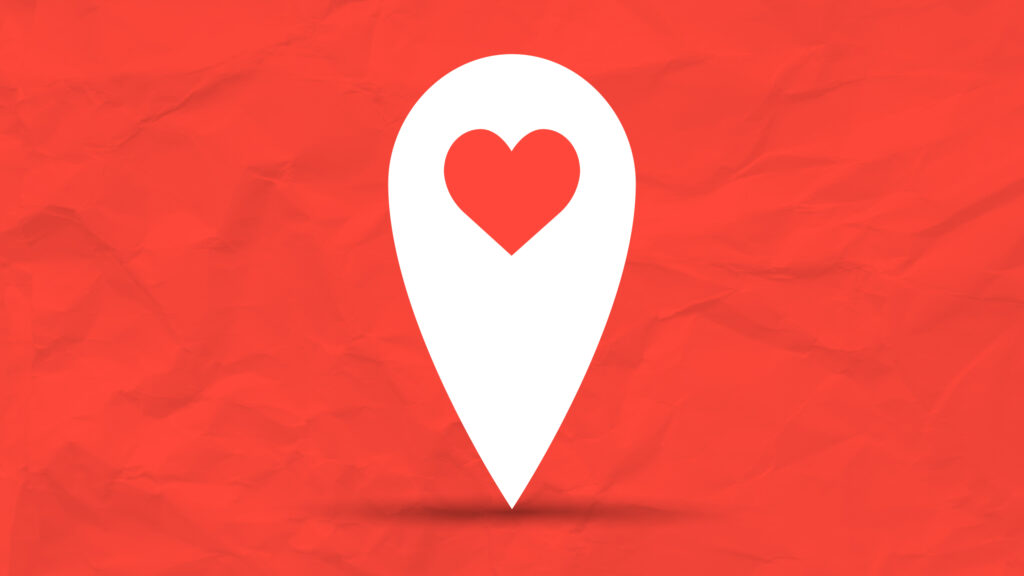
Why placemaking matters
Placemaking is where brand meets lived reality. It’s not just a logo or a slogan, it’s the transformation of spaces into places people value.
Melbourne: A case study
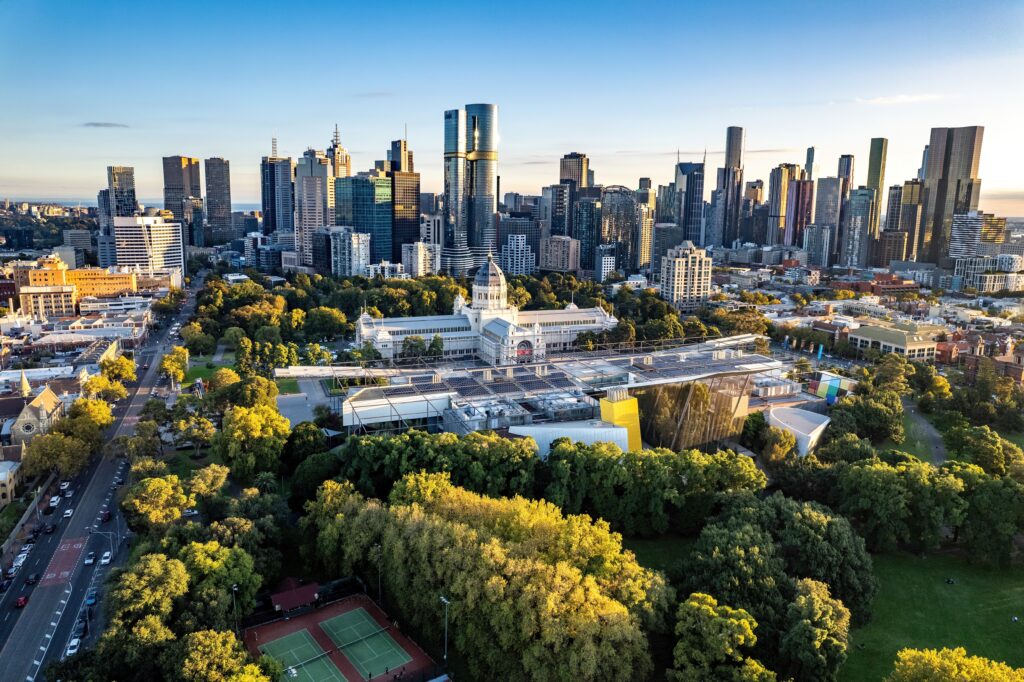
One of the clearest demonstrations of placemaking’s power can be found in Melbourne. Inspired by the dynamic branding movement and the 2012 London Olympics design, Melbourne launched a flexible, evolving visual identity.They created a brand that could adapt to the city’s many faces. As City Nation Place reports:
-
One year after rebranding, Melbourne’s gross regional product had grown by 6%.
-
Three years later, overnight visitors had increased by 4.5%, and tourism was worth $15.2bn.
-
By 2019, Melbourne ranked as the second most liveable city in the world in the Economist’s Global Liveability Ranking.
Three dimensions of placemaking
Melbourne’s success shows how place brands create value. And more broadly, placemaking tends to enhance three fundamental needs: living, growth, and moments.
1. Branding for Living
There are 2 other clear examples we can draw from to bring this to life:
-
New York’s High Line offers a sky walk above the bustle – a daily escape built into the city.
-
King’s Cross in London has shifted from a run-down district to a desirable place to live.
To further this, Mark Wyckoff of the Land Policy Institute identifies four approaches that shape this transformation:
-
Standard Placemaking – quality public spaces, safety, and a sense of place.
-
Strategic Placemaking – boosting liveability, diversity, jobs, and education.
-
Creative Placemaking – driving innovation, culture, and variety.
-
Tactical Placemaking – high-investment projects with clear commercial goals, such as London’s Shard Quarter.
2. Branding for growth
Placemaking also fuels economic and reputational growth. We can see this in cities and regions like Heathrow, St Pancras, Tasmania, and Melbourne. They have all leveraged branding to reposition themselves for greater value.
A standout example is For The People’s project for West Tasmania. Over 10 months, they worked with the West Coast Council, tourism operators, and 4,000 residents to create an open-source brand – one that reflected the region’s true identity while driving tourism and economic opportunity.

3. Branding for moments
- London’s 2012 Games left a powerful legacy, remembered even in something as small as a pair of Gamesmaker trainers fetching headlines.
-
As explored in a previous blog, by contrast FIFA’s 2025 Club World Cup in the USA failed to connect, proving not every “moment” resonates.
Placemaking is not gentrification
It’s important to draw a clear line: placemaking is not gentrification.
Gentrification displaces long-term residents when rising costs push them out, often erasing local identity in the process. Placemaking, in contrast, focuses on building opportunity, unity, safety, diversity, and culture. It ensures that:
-
Affordable and diverse housing is built into investment plans.
-
Local businesses are supported, maintaining a place’s character.
-
“Third places”, parks, cafes, community hubs, strengthen community life.

Placemaking: Brand for living, for growth and for moments
So, we can see that Melbourne’s story is a great example of how a place brand can reshape perceptions. More broadly, the value of placemaking lies in how it changes how people see and experience a place, whether they’re visiting, investing, or choosing to live there. In our view, brand enhances three fundamental needs: living, growth, and moments.

